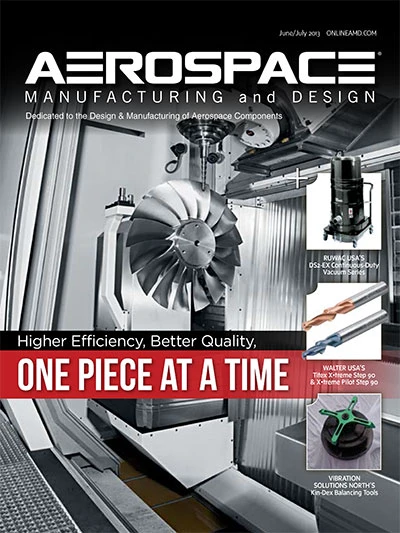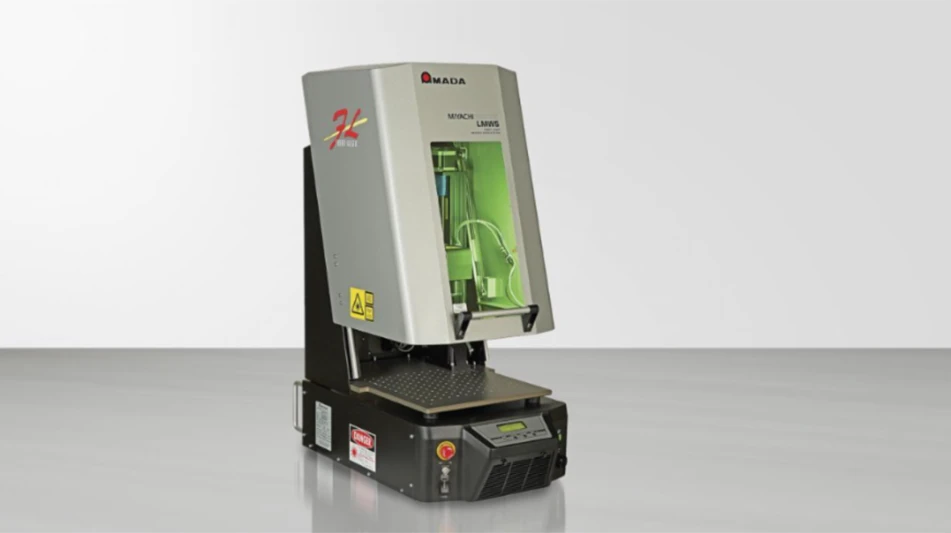 |
CIC marGUNE, the Cooperative Research Centre for High-Performance Manufacture, Eibar, Spain, is coordinating a line of research on cryogenic machining for developing the safety of parts for the aeronautic sector. This machining method has less impact on the environment than conventional methods, and considerably enhances the useful life of safety parts and reduces costs. CIC marGUNE is working in collaboration with the High-Performance Manufacturing Group at the Higher Engineering School in Bilbao (UPV/EHU), Tecnalia, and the University of MondragÓn.
Cryogenic machining involves employing refrigerant gas in the process of machining. CIC marGUNE is coordinating a line of research on cryogenic machining, in which the UPV/EHU, Tecnalia, and the University of Mondragón are participating. The aim of the research is to guarantee a clean manufacturing process and to contribute to the safety of parts in the aeronautics sector.
Machining is a process of manufacturing parts though the elimination of material (swarf). The cutting fluids used in most machining operations producing swarf have two aims: on the one hand, lubricating the cutting zone and, on the other, refrigeration, i.e., eliminating the heat in the cutting zone so as not to affect the machined surface. However, these fluids can harm both the environment and people.
Researchers are looking to alternatives to solve the problems conventional machining methods present. One of the principal alternatives currently being investigated is cryogenic machining – a method of refrigerating the cutting tool and the critical points of the part during machining, thanks to the use of a very cold refrigerant gas, which can be liquid nitrogen or CO2.
Both liquid nitrogen and CO2 are basic and cheap products but, moreover, “CO2 can be applied externally to an already existing machine, without the need for any modification to the equipment, greatly saving on investment,” says Franck Girot, coordinator of the CIC marGUNE research line. “There is already proof that the technology functions, and so it is a research line directly related to our companies, and which may well arrive on to the market shortly.”
Greater Safety, Lower Cost
Manufacturing components for the aerospace sector requires precision results with superior surface quality, as surface damage can lead to defects in the final product.
This is why, “for these types of applications, cryogenic machining is a guarantee of avoiding such defects,” Girot states. “This is an increasingly more controlled topic, especially in the aeronautic sector.”
Each part being manufacturing is under careful monitoring so the researchers know the precise machining conditions and, at the same time, can guarantee that the part is not going to break during its life-cycle due to surface defects.
Girot highlights that, in comparison with conventional machining systems, refrigeration of the cutting area – that which is impacted by the highest temperature during the process – avoids changes in the microstructure of the tool. This results in enhancements, often notable ones, in certain performance parameters of the materials. Most notably is the increase in the life of the parts of between 50% and 100% and the resistance to wear and tear, fatigue life, and more.
“It is a process totally friendly to the environment, given that no kind of waste or dumping arises,” Girot states.
The cryogenic gases are obtained from other processes, and, therefore, is a reuse of the gases, which otherwise would have to be eliminated without such benefit. During the machining of the parts, the fluid evaporates rapidly and returns to the atmosphere in a natural manner. The part is left completely clean of impregnations from the cutting fluids and do not produce any waste, which might contaminate the machine tool, the swarf, or the workplace. This is of major economic importance.
The system can work at higher speeds than conventional machining, and, in turn, productivity increases and work is of a higher quality, which reduces the costs of producing the parts.
Information in this article was provided by a press release from Elhuyar Fundazioa, Usurbil, Spain, and behalf of CIC marGUNE. www.margune.org
Get curated news on YOUR industry.
Enter your email to receive our newsletters.
Explore the July 2013 Issue
Check out more from this issue and find your next story to read.
Latest from Aerospace Manufacturing and Design
- Thomson Industries' online sizing and selection tool
- #53 - Manufacturing Matters - 2024 Leaders in Manufacturing Roundtable
- Join us for insights on one of the hottest topics in manufacturing!
- You can still register for March’s Manufacturing Lunch + Learn!
- Ohio creates Youngstown Innovation Hub for Aerospace and Defense
- Tormach’s Chip Conveyor Kit for the 1500MX CNC Mill
- How to Reduce First Article Inspection Creation Time by 70% to 90% with DISCUS Software
- Jackson Square Aviation orders 50 Airbus A320neo aircraft








